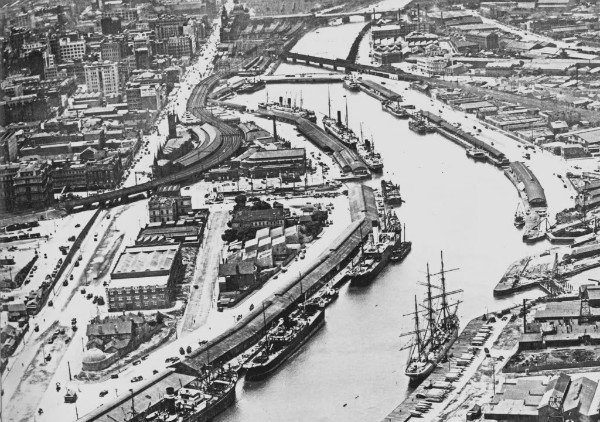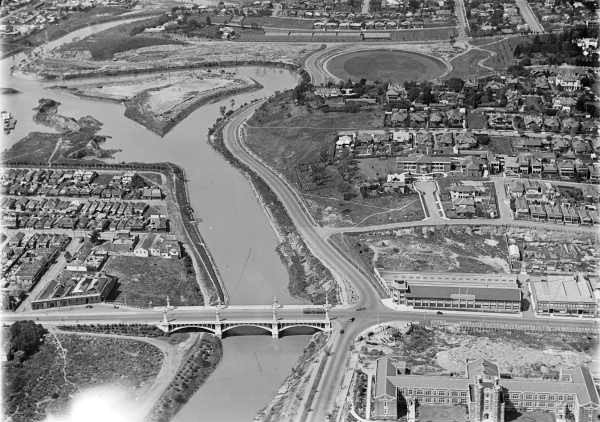History of the Yarra River

The Yarra River: A Journey Through Melbourne’s Heart
The Yarra River stretches for approximately 242 kilometers from its source at Mount Baw Baw in the Yarra Ranges National Park to its mouth at Port Phillip Bay near Newport. However, only about 22 kilometers of this extensive river is navigable by boat. Characterized by its relatively narrow and shallow nature, the river has an average depth of approximately 2.5 meters.
The lower section of the Yarra River winds through the heart of Melbourne, playing a pivotal role in the city’s development. Melbourne’s most notable attractions are conveniently located near the river, making it a central feature of the city.
Historically, the Yarra River was a vital food source and a significant meeting place for Indigenous Australians, particularly the Wurundjeri people. They originally named the river Birrarung, believed to mean “ever flowing” in their language. This name reflects the river’s importance and constant presence in their lives.
European settlers initially used the river primarily for agricultural purposes. Since 1835, the river’s landscape has undergone dramatic changes, with its course being progressively altered and widened in certain areas. Despite these changes, the river remains a central element of Melbourne’s geography and history.
The Yarra River is often referred to as “the river that runs upside down” due to its muddy appearance. This coloration results from significant land clearing and development in the 1800s, which caused tiny clay particles to wash downstream. Despite its murky appearance, the river is relatively clean.
One of the first major infrastructural developments on the Yarra River was the construction of Princess Bridge in 1844. This bridge was built during the early stages of the Victorian gold rush, a period that saw extensive mining along the river, including the creation of the Pound Bend Tunnel in Warrandyte. The original Princess Bridge was replaced with the current structure in 1888.
The Yarra River features one island, Herring Island, located approximately three kilometers from the Central Business District (CBD) in Como. Accessible only by boat, Herring Island was created in the 1920s from dredging spoil when a new river channel was cut at Burnley to prevent flooding.
The lower part of the Yarra River witnessed significant transformations in the late 1800s, driven by industrialization and the growth of shipping. Major infrastructure projects, such as the Coode Canal, improved access for ships to Melbourne’s main river docks. This period also saw the creation of Victoria Harbour, which was carved out from swampy land and is now home to Docklands.
What was once known as Coode Island is now the site of Australia’s busiest container terminals, including Swanston Dock. The Coode Canal, which played a crucial role in the river’s history, has since been filled in.
By the 1960s, there was a growing awareness of the neglect the Yarra River had suffered. In the 1970s, development along the riverbanks in the CBD began, including the construction of the Victorian Arts Centre. By 2000, the river through Melbourne City became a focus for major government projects, transforming it into a bustling hub of activity.
Today, the Yarra River is lined with bars and restaurants, providing a vibrant social scene. It is also a popular spot for rowing clubs, recreational boating, and numerous parks. The river’s banks are teeming with activities, making it a focal point for both locals and tourists.
The Yarra River’s journey from the Yarra Ranges National Park to Port Phillip Bay is not just a geographical path but a historical and cultural one as well. Its transformation over the years highlights Melbourne’s growth and the river’s enduring significance. Despite the changes, the Yarra remains a vital artery through the city, connecting its past with its present and future.
Book a private Yarra River tour on our Spaceships.
